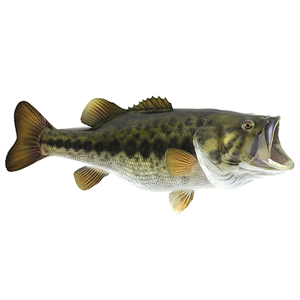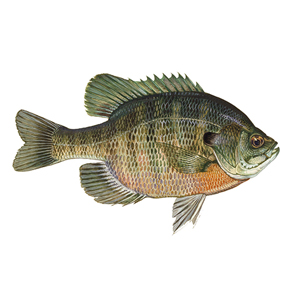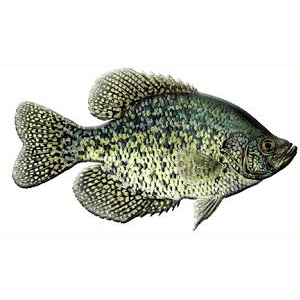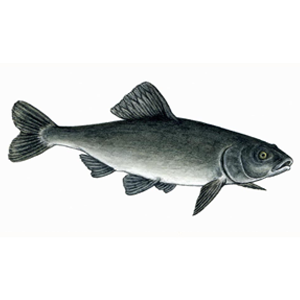Florida Largemouth Bass have grown to over 21 pounds. They have a faster growth rate than the Northern Bass and are much more aggressive. Florida strain black bassare one of the best known and most popular game fish in North America. They are great for stocking ponds where you want private world-class fishing. The Florida Largemouth Bass we raise can attain a size of 10-12 inches in one year, While Northern Bass can take up to 3 years to reach 10 inches. We take pride in the quality and purity of our fish and we are sure you will be satisfied!
559-977-7164 | info@wcfisheries.com





